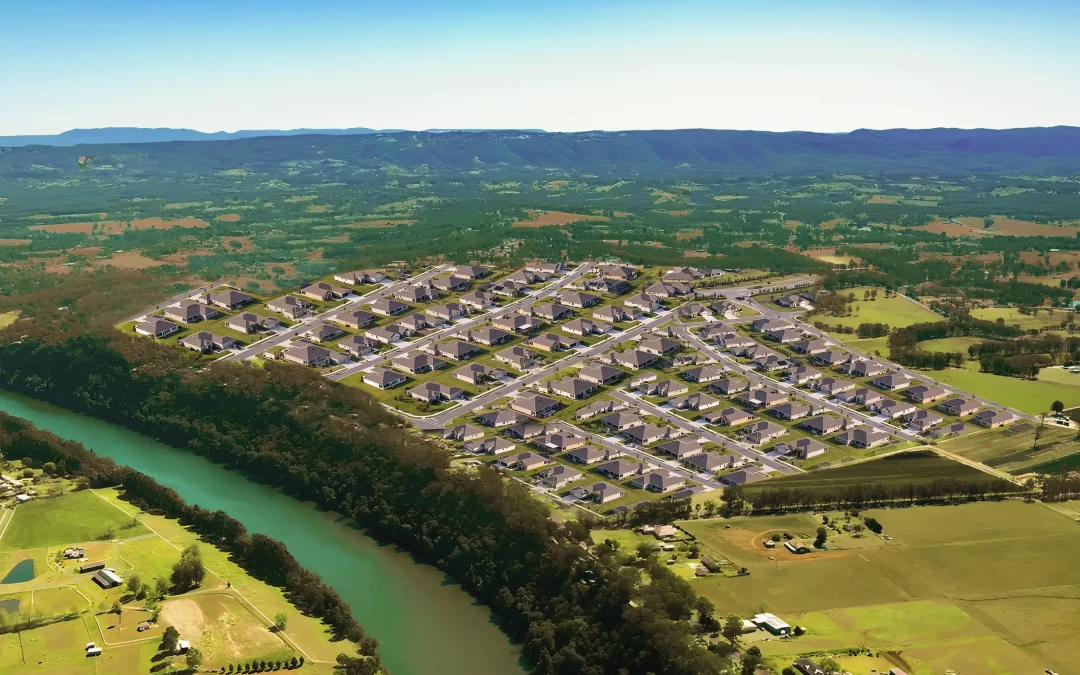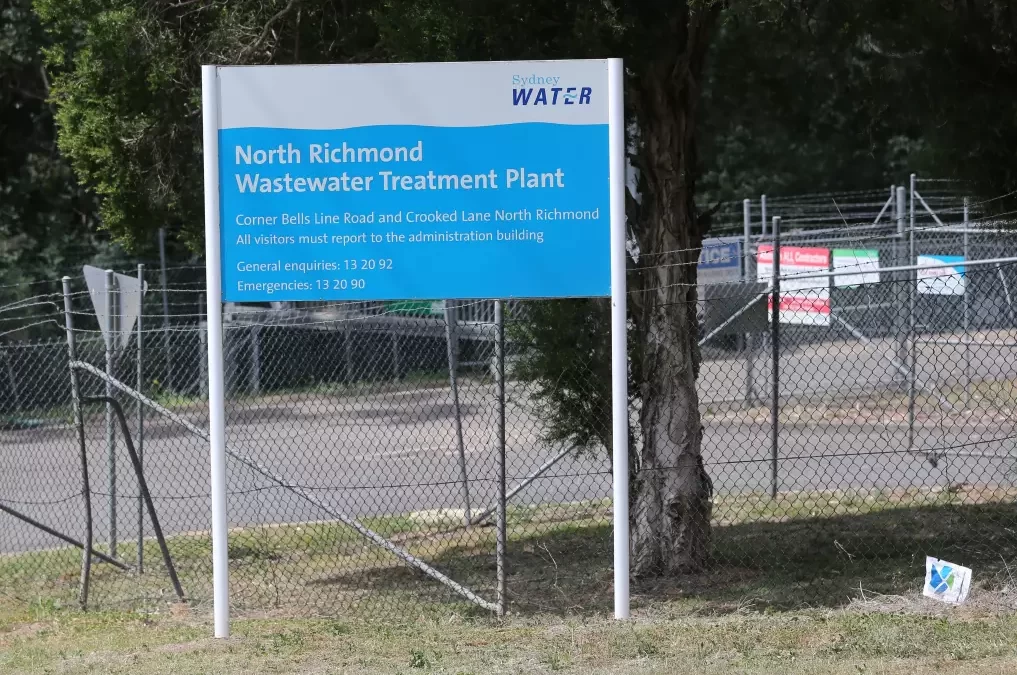Stylecraft & Co., approaching...


Stylecraft & Co., approaching...

An unprecedented surge in development west of...

Hawkesbury City Council has stated it is not responsible...

Professor Khan is Professor at the School of Civil & Environmental Engineering, and Director of the Australian Graduate School of Engineering (AGSE) at the University of NSW.
His tweets during the recent unfolding flood situation, with expert analysis and clear and easy-to-understand information on what was happening out there, were followed by thousands of people.
Here’s his view…
“I believe a buy-back program for houses below the 1-in-100 flood line would be appropriate.
He says an alternative to raising the dam wall would be to reduce the full supply level of the dam, “so that it is never actually filled to the brim”.
“If we reduce the full supply level by 12m, that would create 800 gigalitres of space for flood mitigation (40% of the total dam capacity).
“Doing this would obviously have an impact on Sydney’s drinking water supply security. It would reduce Sydney’s long-term sustainable water yield by 80 gigalitres per year.

Prof Khan’s solution would not require the $2bn raising of Warragamba’s dam wall
“However, that loss could be immediately replaced by the expansion of Sydney’s seawater desalination plant.
“The desalination plant can currently produce 90 gigalitres of drinking water per year, but that could be expanded to a further 90 gigalitres per year.
“Doing so will increase Sydney’s overall long-term sustainable water yield slightly (+10 GL/year).
As it happens, a ‘rainfall independent’ drinking water supply is part of the State government’s strategy, as outlined by Melinda Pavey when she was Minister for Water, so desalination is very much already in the mix. What we would be looking at in Prof Khan’s scenario is additional desalinated water for Sydney.

Prof Stuart Khan with a glass of Sydney water…
The changes outlined above could easily be made – some are simply legislation tweaks – and as Dr Khan points out they could then help lessen the damage from any future floods, without spending $2bn on raising the Warragamba Dam wall.
But there is one further step, which would be challenging and costly but would also make the Hawkesbury even more flood resilient.
“There is no simple solution for this, but you could consider cutting a flood release channel from upstream of Sackville, through Maroota, out to the Hawkesbury River, below Wisemans Ferry.
“Some of this would be an open channel – between Sackville and Maroota – and some would need to tunnel under the hills north/east of Maroota.
“The channel would require appropriately sized levies at either end, to keep water out most of the time and prevent high tides entering from the lower Hawkesbury side.
“But floods of a pre-determined size would overtop the levies and be provided with an alternative and more efficient drainage route.”
And there’s another plus…
But here we come to a couple of areas of concern if such a massive project ever got the go-ahead – and we did ask Prof Khan for his solution if money was no object.
If it went ahead – or even part of it did and it significantly cut the flood risk – it would raise concerns about additional development being allowed on what is not only currently flood-prone land but is also known as Sydney’s food bowl.
The issue of more development on the Hawkesbury and surrounds flood plain if floods could be better controlled is routinely raised by those who object to more development in our region. This always comes up when there’s talk of raising the Warragamba Dam wall.
Indeed, back in March 2021, then NSW Emergency Services Minister, David Elliott, told Triple M radio that raising the Warragamba Dam wall could pave the way for the release of more land for development in Sydney’s north-west. It should be said this is not a view shared by many of his Liberal Party colleagues – at least not publicly.
“It … means that we can probably release more land in the north-west for construction and development,” Mr Elliott told Triple M in 2021 after major floods, adding he opposed development in his Baulkham Hills electorate – which was affected by floods – due to lack of infrastructure.
And there would likely be environmental concerns too if the large-scale channel excavations and dredging Prof Khan points to were ever to go ahead, given it would alter the natural flow of the Hawkesbury rivers.
But over and above all of these considerations looms one very large factor – the Hawkesbury is exhausted and battered from fighting floods and there are loud calls for action – so the impetus is there and radical solutions may be the only long-term answer.
If you are already a Hawkesbury Post supporter, thank you! Our site is free, relying on our supporters to operate. Independent journalism is more important than ever, please consider contributing.
Don’t pay so you can read it. Pay so everybody can read it!